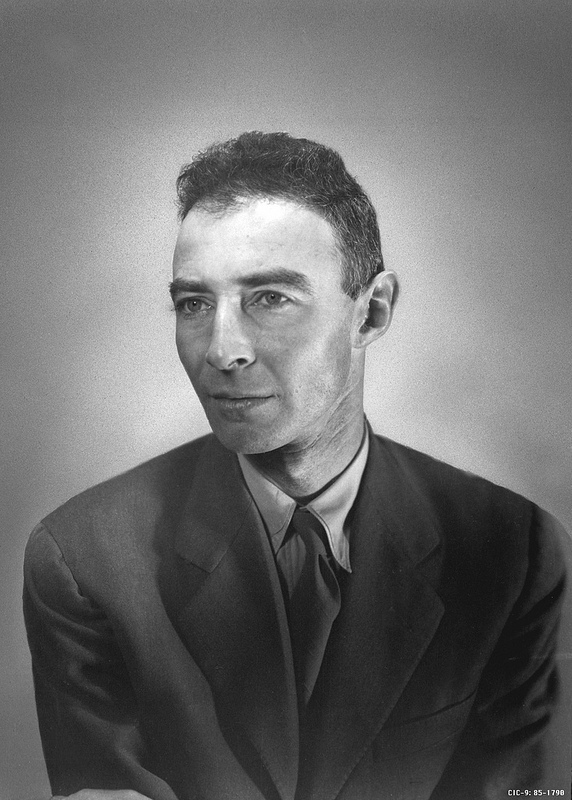Using the play In the Matter of J. Robert Oppenheimer, students will examine themes including the intersection of science and government and the “Red Scare,” and learn about the life of J. Robert Oppenheimer. Submitted by Lora Land Part.
Assignment:
- Students will read excerpts from the play “In the Matter of J. Robert Oppenheimer” by Heinar Kipphardt
- Students will discuss complex issues regarding:
- The development and use of the atomic bomb in WWII
- The hearing, testimony and accusations of the United States Atomic Energy Commission concerning Oppenheimer held in April 1954
- How and why these events have importance today.
Procedure:
Students will have finished a unit studying Arthur Miller’s play The Crucible. They will have been taught about the ramifications of both Stalinism and McCarthyism and the resulting Cold War. There will have been an introduction to this unit with an overview of the Manhattan Project (assuming supplemental information from their American History class). Class will read the article from New York Times article “Was McCarthy Right?” as their overnight homework.
Day One
- In-class discussion of article and touch on the issue of security vs. American civil rights: 20-30 minutes
- Assignment of parts and in-class reading of selections from the play “In the Matter of J. Robert Oppenheimer” by Heinar Kipphardt.
- Explanation of contents of play and reading of the play in relation to the documentary data: 30 minutes (students with parts sent home with scripts)
- Brief discussion of pros and cons concerning dropping of bombs on Hiroshima and Nagasaki: 20 minutes
Day One Homework
- Discussion with family. A note is sent home for parents requesting that the student interviews/discusses the listed topics with his/her parents regarding the three topics listed below.
- The development of the atomic bomb and its use to end World War II
- The 50’s “Red Scare” and McCarthyism
- Homeland Security today and rules and restrictions applied to travel.
Day Two
- In-class reading of play excerpts: 70 minutes. Arrange class so that the front of the room resembles a courtroom. Have students sit in simulated areas according to stage directions. Situate person assigned the reading of stage directions to the front of the room to lend importance to descriptions of stage effects and directions.
- Final section: Sections titled the “Final Decision” and “Oppenheimer’s Response” are sent home for homework reading
Day Two Homework
- Students complete the following discussion questions:
- Describe the background of Robert Oppenheimer’s activities and associations that made him a target of the panel of inquiry depicted in the play.
- Explain what aspects (the ingredients) of the “Recipe for a Witch Hunt” lecture apply in the case of the charges brought against Oppenheimer.
- Explain the “schizophrenia” that is discussed in the first scene of the play between a scientist’s “need to know more” and the “moral scruples” involved. Brainstorm possible similar conflicts in current political, ethical and technological issues.
- Oppenheimer and the atomic bomb are compared to Prometheus several times in the play. Who was Prometheus and what is the comparison being made?
- What was the general justification the antagonists of the play have for attacking Oppenheimer’s character and motives?
- How, in general, does Oppenheimer defend himself?
- Summarize the final statements of Gray and Evans.
- Summarize the final statement made by Oppenheimer.
Day Three
- Small Group Assignment: Class is divided into small groups of about 5 to discuss the follow-up questions together. After 30 minutes, each group is assigned one of the questions to thoroughly explain and respond to for the rest of the class (questions 7 and 8 aren’t assigned). Groups are told to explain their group’s answer and cite information from the play to justify their conclusions.





